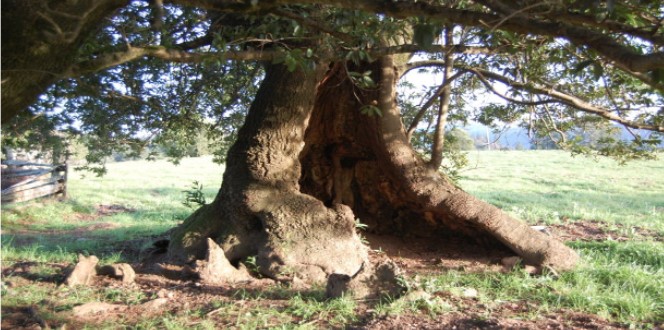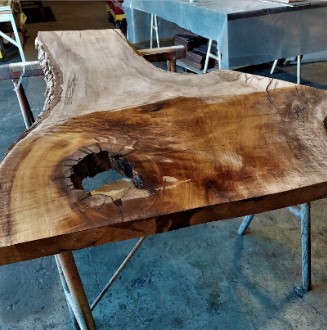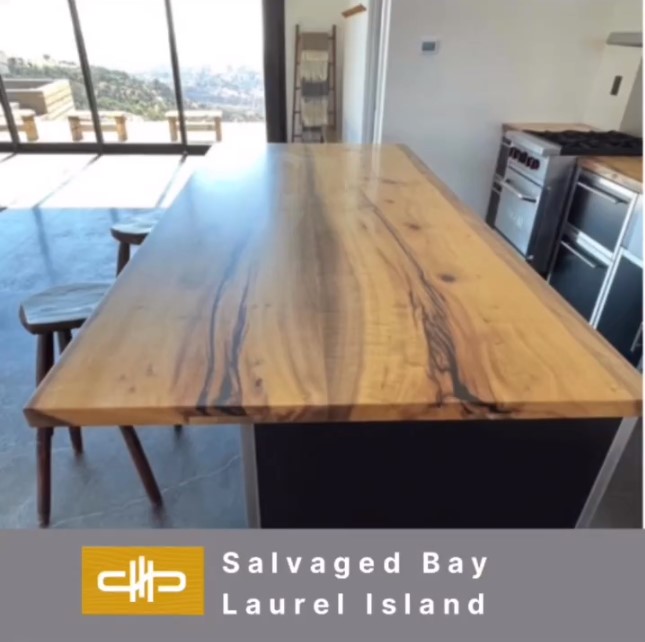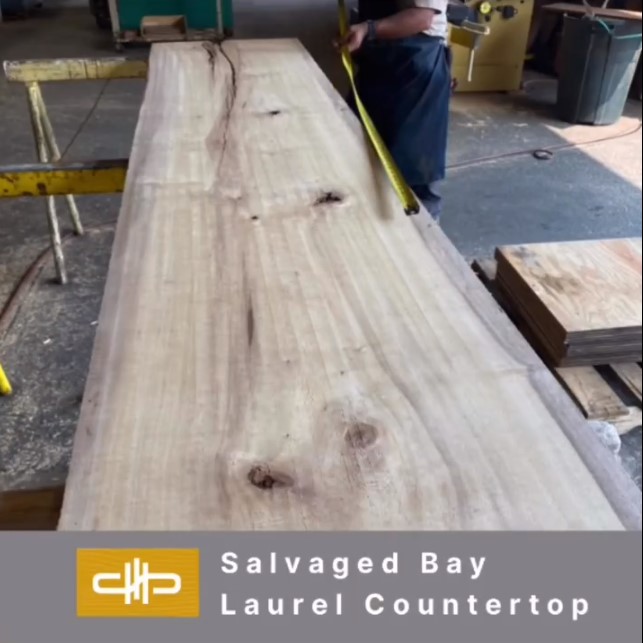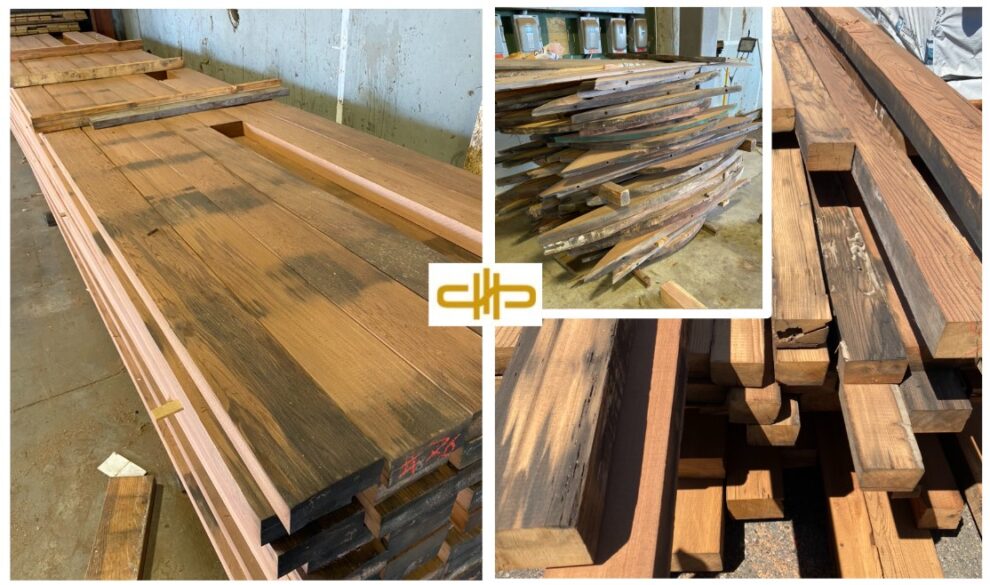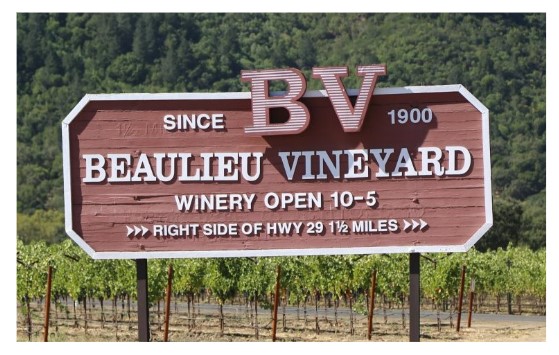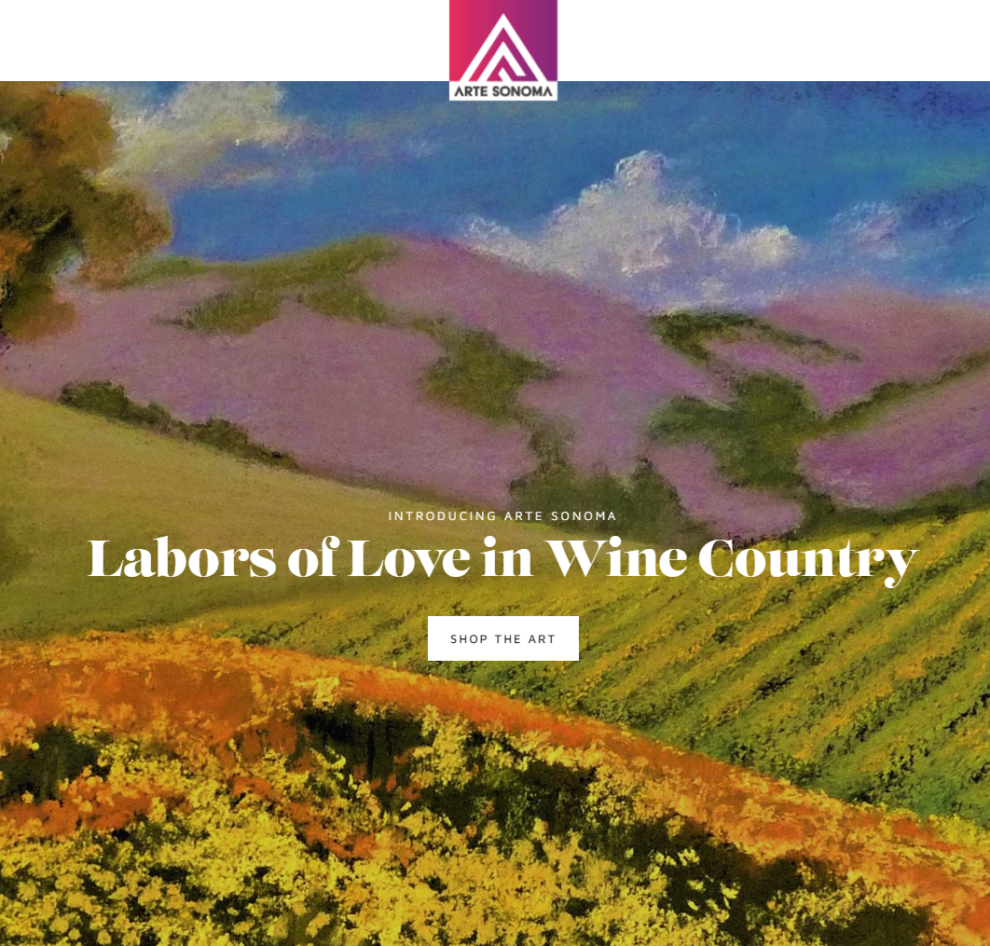Rescutilization…Re-Harvesting America’s Urban Timber Resources…Extracting high quality reclaimed lumber from our urban environments while protecting diverse biological habitats and sequestering significant amounts of atmospheric carbon.
There are scores of distressed buildings being demolished as a result of urban renewal and gentrification. There is an abundant opportunity to sequester carbon through the reuse of reclaimed urban lumber. Lumber resources are prolific in both our rural and urban environments. Industrial warehouses, railroad trestles, silos, bridges, and agricultural buildings are just a few of the examples. The majority of this structural lumber was harvested in the late 19th and early 20th centuries. Once transformed, it is a highly desirable building material. Sending this material to landfill is irresponsible and a waste of a precious resource. Salvaging and re-milling this scarce commodity is the responsible thing to do for the environment and the community at large and the generations that proceed.
The role of trees and forests in our ecosystems is absolutely critical. Forests renew our air supply by absorbing carbon dioxide and producing oxygen. One single tree can absorb 10 pounds of air pollutants a year, and produce nearly 260 pounds of oxygen- enough to support two people! When forests are cut down, not only does carbon absorption cease, but the carbon stored in the trees is released into the atmosphere as CO2 if the wood is burned or left to rot after the deforestation process. Studies show cumulative energy consumed in producing virgin timber compared to reclaimed framing lumber and wood flooring was about 11 and 13 times greater, respectively. Global Warming Potential was about 3 and 5 times greater, respectively. These results indicate that reclaimed framing lumber and wood flooring have a significantly lower environmental impact than their two virgin alternatives.”* When extracted by dismantling and upcycling (“Rescutilization”) however, the carbon absorbed during photosynthesis remains embedded in its structural fiber for as long as that timber is maintained and put to re-use in another application. This is known as carbon sequestration. An advantage of re-harvesting regionally puts the material close to the project. This reduces the carbon footprint even further.
The re-claimed lumber we are using today is very desirable as both structural building materials and architectural design elements. One of the most significant benefits, especially in timber frame construction, is the low moisture content. This material has slowly dried over decades and is very desirable when effecting the many aesthetic wood joinery applications to a structural member. Forests harvested in the 1800’s through the mid- 20th century were abundant with high quality dense grain timber that was sought after for its structural integrity.
Coastal species such as redwood and Douglas fir were used not only in construction but for wine tanks, bridges, and water towers. Today we are transforming that re-claimed material and utilizing it as flooring, furniture, and custom millwork in both commercial and residential cabinetry. Our milling facility has the machinery capability to make thin veneer from this valuable commodity maximizing its utility even further as engineered flooring and cabinetry.
The majority of this re-harvested timber has additional benefits. It ages with dignity and usually finishes with a soft grey patina, often highlighting the textured grain. Re-harvesting our urban environment does not have to be limited to our own backyard. The wine industry imports French oak for aging wine. When these barrels and staves are no longer viable as fermentation vessels, they are re-purposed for many uses.
Unlike our natural forests however, this resource cannot be harvested at sustainable rates. There is a limited supply and it is irreplaceable. So as with our natural forests, we to, must take care that we be responsible about the way we manage the salvaging of vintage lumber. We can no longer fill debris boxes with discarded “scrap” lumber and cart it off to the landfill. It has a place, as it should, in our commercial and residential developments as structural building materials or as furnishings and artistic design elements to behold for the next generation.
* Proceedings of the International Convention of Society of Wood Science and Technology Bergman, Richard D. PhD; Gu, Hongmei; Falk, Robert H.; Napier, Thomas R.;
Gordon Martin
The Martin Group Inc. dba Sonoma Millworks
October 2015
Submitted: The Merchant Magazine
